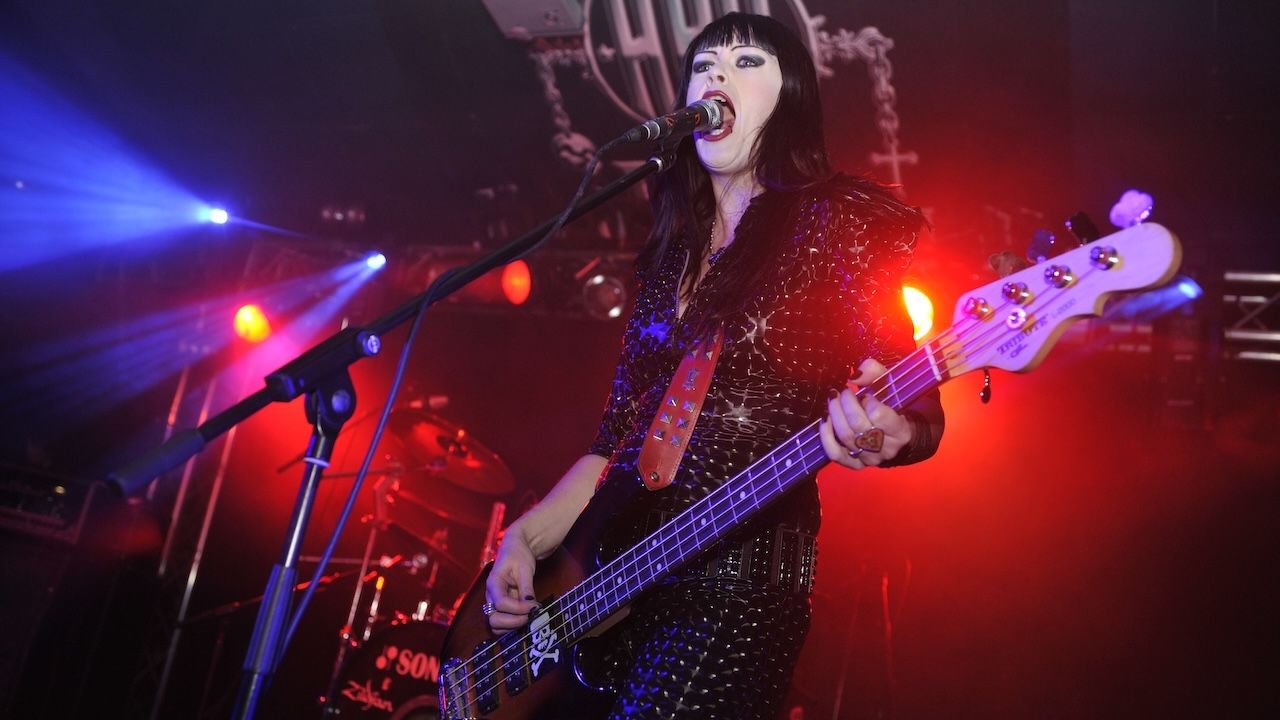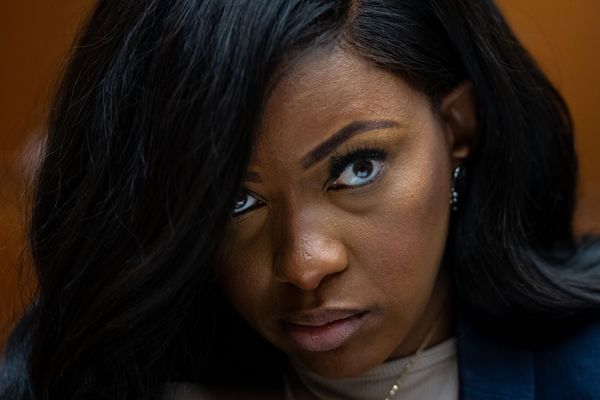
Sometimes it’s not easy being a musician. You step up to a mic and… boom… suddenly you’re very close to not being alive anymore. As Die So Fluid frontwoman ‘Grog’ Lisee told Bass Player back in 2012: “I got electrocuted onstage. It was really bad: there was a huge blue arc of electricity, and I was shot back off the mic.
“We had to stop the gig because no-one could play. I was really lucky: it just hurt my lip where it had touched the mic – so that really encouraged me to get a wireless system for my bass guitar!”
Simple human error was behind the incident (“The DJ had unearthed the wires onstage and just put them into a pile, and no-one knew which wire it was – so the whole stage was live”), but every cloud has a silver (or should it be copper in this case?) lining. “As it happens, the wireless system enables me to run around the stage, so it gave me a whole new lease of life.”
If you’ve heard Die So Fluid’s music – a searing mixture of melodic rock and modern metal – you’ll appreciate that running around the stage is a necessary part of the formula. Grog’s powerful, down-picked bass style and upfront vocals anchor the songs with enormous energy, propelled by her trusted G&L basses.
“I take two G&Ls on the road with me. I get a bit confused by people who take lots of different guitars on the road, because to me the point is that if one breaks down I have the same thing to pick up. It’s pretty hardcore, what we do, and my bass takes quite a bashing.
“I hit the strings pretty hard… You can tell by the scars on my fingers. I’ve been known to break a bottom string – we mostly play in drop C. It’s just the adrenaline, though. I don’t think my playing suffers because of it.”
Grog’s sound with Die So Fluid is a tried-and-tested crunch, although it has undergone some minor tweaks. “I’m endorsed by Hughes & Kettner, and it’s quite hard to control the distortion on those. I use a SansAmp for distortion, so having that extra facility is a bit more than I need.
“I also use a programmable Bass Driver to give myself more options with my distortion. I was going from one extreme to another when my clean sound didn’t have enough meat to it, but I’ve got to a midpoint where I’m happy.”
Asked how she comes up with her basslines, Grog revealed both an unusual talent and a healthy disrespect for bedroom perfectionists. “When I write songs I have the whole tune in my head before I actually play it, so if something difficult comes up, then I’ll just learn how to do it! I try and play whatever feels good.”
“Having the whole song in my head as I’m playing the bass is probably something to do with the fact that I sing as well as play. Sometimes a bass part comes from the lyrics, or sometimes a riff sparks off an idea.
“If a song needs a complex bass part, I play one – but this is not that kind of music where the bassline is all over the place. Also, the bass part is a lead line in itself, so I don’t need to go all over the place. But you never know…maybe on the next album I’ll surprise you!”



!["[T]he First and Fifth Amendments Require ICE to Provide Information About the Whereabouts of a Detained Person"](https://images.inkl.com/s3/publisher/cover/212/reason-cover.png?w=600)



